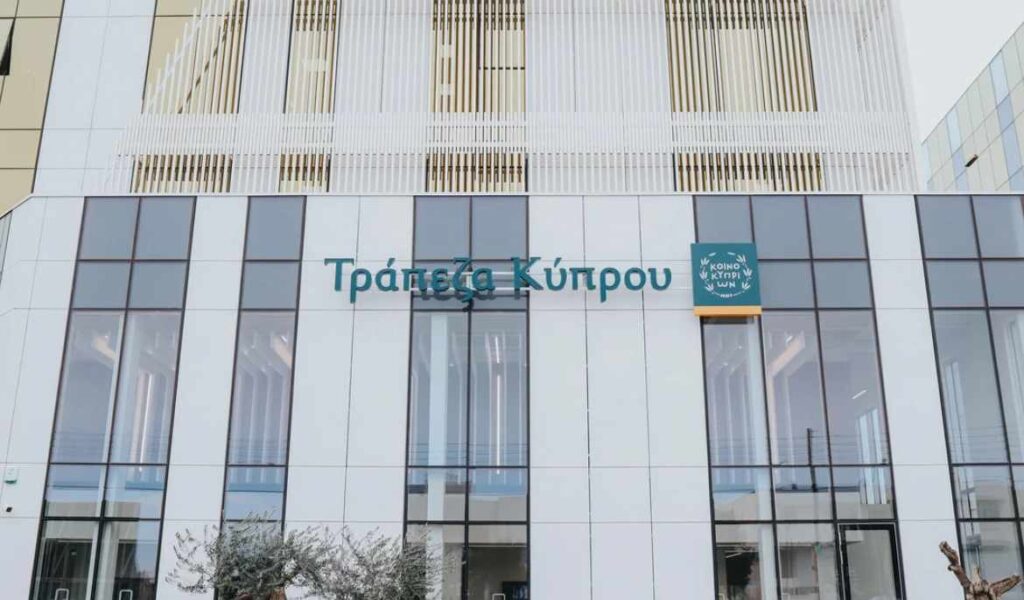BoC now tops Greek and Cypriot banks in deposit rating
Credit rating agency Moody’s on Tuesday upgraded the long-term deposit ratings of the Bank of Cyprus to A3 from Baa1, reflecting continued strengthening of the bank’s financial position.
In addition, the agency kept the bank’s outlook on deposit ratings as stable.
According to the agency’s latest report, the Bank of Cyprus now holds the highest deposit rating among all banks in Cyprus and Greece.
This distinction, the bank said, sends “a strong message about the bank’s reliability and stability”.
The upgrade follows what Moody’s described as “continued improvements in the bank’s asset quality and risk profile,” as well as expectations of sustained profitability and strong capital metrics.
Moreover, Moody’s highlighted the bank’s strengthened solvency metrics as a key driver for the upgrade.
The bank’s tangible common equity (TCE) ratio rose to 17.1 per cent at the end of 2023 from 15.5 per cent the previous year, primarily due to strong internal capital generation and a reduction in risk-weighted assets.
Moody’s said this is “a level now comparable with other A3-rated banks.”
The report also noted a significant improvement in asset quality. The non-performing exposures (NPE) ratio dropped to 3.6 per cent at year-end 2023, down from 4.3 per cent in 2022 and 6.5 per cent in 2021.
This progress was driven by continued efforts in restructuring, write-offs, and recoveries.
Moody’s now expects the bank to maintain its improved asset risk profile, with residual problem assets posing a lower risk to its balance sheet and capital.
The upgrade also reflects the Bank of Cyprus’ solid and recurring profitability.
In 2023, the bank posted a return on tangible equity of 21.3 per cent, driven mainly by higher net interest income on the back of rising interest rates.
Operating expenses remained broadly flat, and cost-to-income efficiency improved to 35 per cent from 59 per cent in 2022.
Moody’s expects these earnings trends to continue through 2024 and 2025, albeit at slightly lower levels due to potential reductions in policy rates.
Strong liquidity and a stable deposit base were also key factors in the upgrade.
Moody’s said the bank’s funding profile is anchored in a low-cost, largely retail deposit base.
Customer deposits make up 88 per cent of total funding, with no reliance on central bank funding.
Furthermore, liquidity is robust, with liquid banking assets accounting for 34 per cent of total assets, and the bank reported a liquidity coverage ratio (LCR) of 341 per cent at year-end 2023.
Moody’s also upgraded the bank’s long-term Counterparty Risk Ratings (CRR) to A2 from A3, Counterparty Risk Assessments (CRA) to A2(cr) from A3(cr), and baseline credit assessment (BCA) and adjusted BCA to baa3 from ba1.
The bank’s subordinated debt rating remains unchanged at Ba2. The outlook for all upgraded ratings is stable.
According to Moody’s, the stable outlook reflects its view that the bank will continue to maintain solid solvency and profitability metrics over the next 12 to 18 months.
It also expects the bank’s risk profile to remain stable and asset quality to be resilient.
Moody’s noted that the ratings could be upgraded further if the bank sustains high levels of profitability and capital, while keeping asset risk low and further diversifying its loan book and sources of income.
Conversely, the ratings could be downgraded if there is a significant deterioration in the bank’s asset quality, earnings, or capital metrics.



